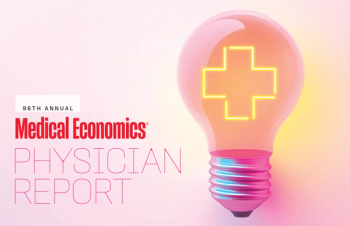
Hospital physicians using more patient data transferred electronically, study finds
Despite increase in use of information sent digitally in 2018, barriers still remain.
The share of hospital physicians using patient information received digitally grew in 2018, according to
The study found that 62 percent of hospitals say they used data transferred patient health information transferred digitally often or sometimes. This is a three percent increase over 2017 and a nine percent increase over 2015, according to the study.
Among the 38 percent of hospitals that said they rarely or never used patient health information that was transferred digitally in 2018, 52 percent reported that was not always available when it was needed and 50 percent said it was because the information was available, but could not be integrated into the receiving hospital’s EHR. Other reasons given for not using the information included:
· 34 percent - the information was not available in a useful format
· 23 percent - information that is specific and relevant is hard to find
· 17 percent - the information is available and integrated into the EHR but is not part of the physician’s workflow
· 10 percent - do not trust the accuracy of the information
· 6 percent - the vocabulary or semantic presentation limited the use of the data
The study also looked at what other barriers hindered the digital exchange of patient health information. The chief barrier to exchanging information among 78 percent of respondents was the greater difficulty involved in sharing information between different EHR vendor platforms.
Among the barriers to sending the information, difficulty in finding the providers’ addresses was cited by 60 percent of respondents. Other barriers to sending the information includes:
· 54 percent – the exchange partners’ EHR cannot receive data
· 52 percent – exchange partners do not have an EHR or other electronic system to receive data
· 46 percent – many recipients say the information is not useful
· 32 percent – cumbersome workflow to send from EHR system
· 23 percent – state and federal regulations make it difficult to discern what can be sent digitally
The study found that the top barriers to receiving patient health information were that partners do not usually exchange patient data, 65 percent, and difficulty in matching patients between systems, 54 percent.
The Trump administration has recently sought to alleviate these barriers. HHS released a
Newsletter
Stay informed and empowered with Medical Economics enewsletter, delivering expert insights, financial strategies, practice management tips and technology trends — tailored for today’s physicians.




